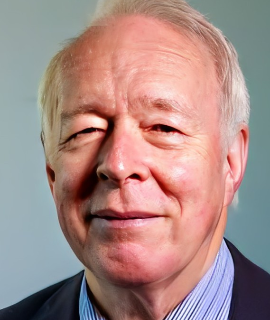Digital Dentistry technologies
The advancement of Digital Dentistry technologies has caused a paradigm shift in oral care and dental science. Digital Dentistry has empowered dental practitioners with the ability to provide patients with more accurate and efficient treatment and evidence based standards of care. This advancement in dental technology has enabled dental teams to provide an even higher level of patient care. Digital Dentistry has brought various state-of-the-art equipment and powerful software to the dental office. CAD/CAM systems and scanners allow for quick and accurate diagnosis and treatment planning. Digital scanners are used to capture detailed information about dental structures during an examination, allowing dental teams to evaluate teeth more accurately. Additionally, CAD/CAM systems are used to design and manufacture prosthetic devices such as crowns, bridges, dentures, and other dental appliances. Digital radiography has improved the accuracy in detecting and diagnosing oral diseases. Digital radiography systems are more efficient than conventional radiography and provide high-definition images. Furthermore, digital radiography has reduced the dose of radiation exposure and eliminates the need for chemical processing and physical films. Finally, Digital Dentistry also includes innovative implants and restorative materials. It is now possible to repair and restore a tooth in the same visit with ceramic, composite, or porcelain materials. This minimally invasive type of dentistry drastically reduces wait times and patient discomfort. Digital Dentistry technologies have redefined oral care and influenced the advancement of dental science. With the latest tools available, dentists can treat patients in a more precise and efficient manner. Digital Dentistry allows dental professionals to detect and diagnose oral diseases more accurately, design and manufacture prosthetic devices quickly, minimize radiation doses to patients, and reduce wait times and patient discomfort. Ultimately, digital dentistry technology will further improve patient care and enhance the quality of care dentists are able to provide.

David Geoffrey Gillam
Queen Mary University of London, United Kingdom
Christopher Turner
Spacemark Dental, United Kingdom




Title : Evaluating hygienist follow up for head and neck oncology patients in secondary care: Results from a two cycle audit
Peter Basta, Newcastle Dental Hospital, United Kingdom
Title : Atypical facial pain unravelled
Christopher Turner, Spacemark Dental, United Kingdom
Title : New treatment of temporomandibular disorder through muscle balance and muscle regeneration by activation of quiescent muscle stem cells( satellite cells) with mitochondrial dynamics
Ki Ji Lee, National Reserach Foundation & Busan Medical University, Korea, Republic of
Title : MRONJ and ORN: Referral or management in primary care? Navigating guidelines in the context of long waiting lists
Alisha Sagar, NHS England, United Kingdom
Title : Managing the unexpected: An Insight into supernumerary teeth
Bahar Gharooni Dowrani, Guy's and St Thomas' NHS Foundation Trust, United Kingdom
Title : Laxative prescribing for post operative head and neck cancer patients at Derriford Hospital
Pui Sze Kylie Li, Cardiff and Vale University Health Board, United Kingdom